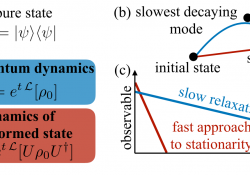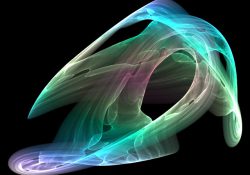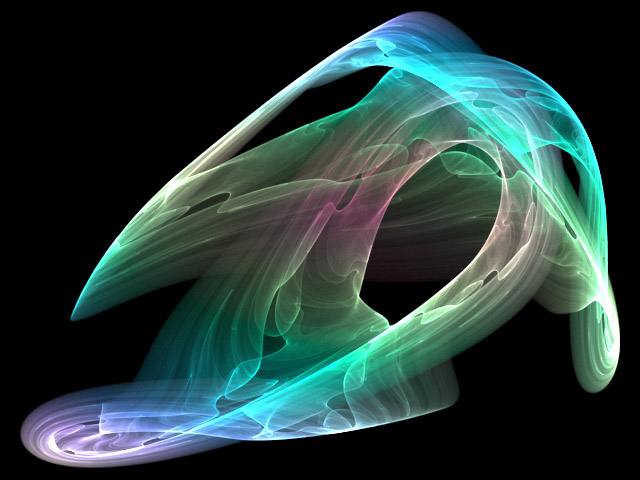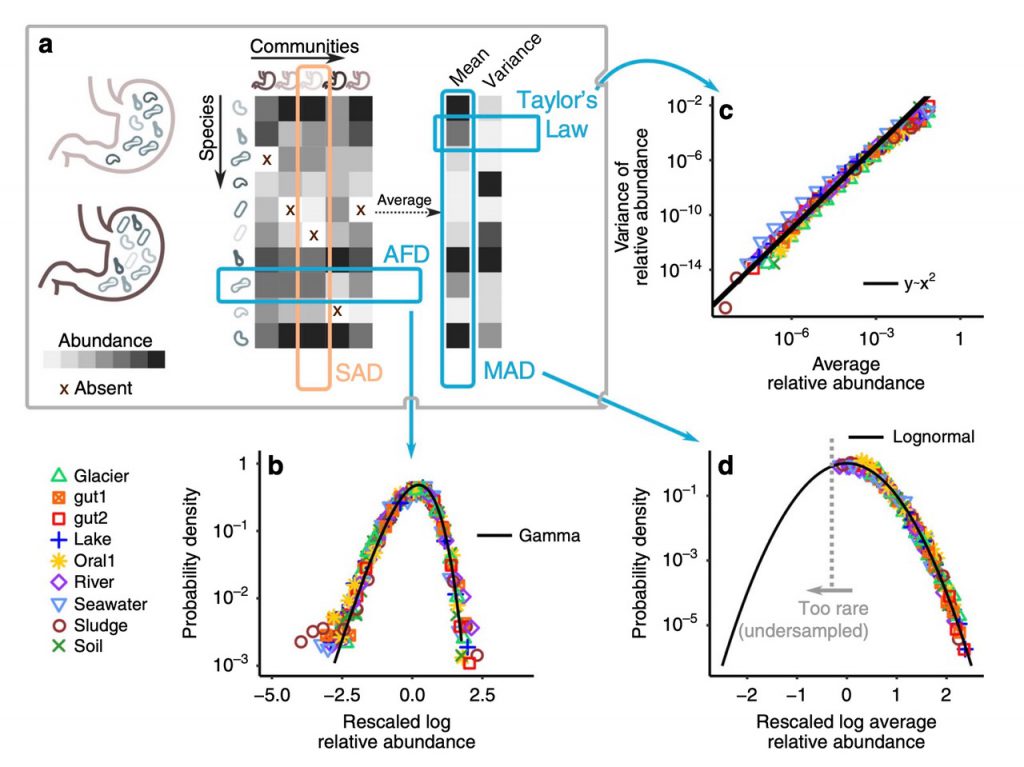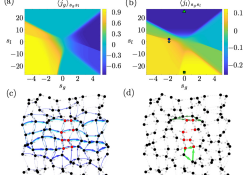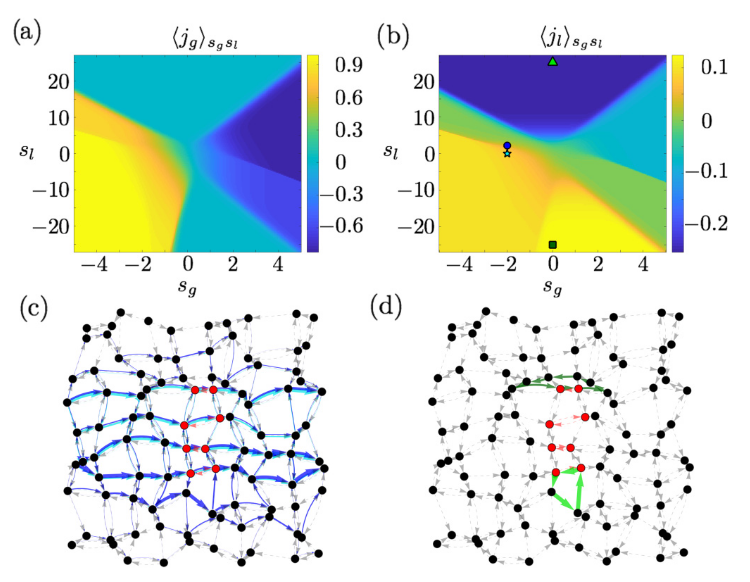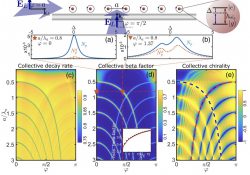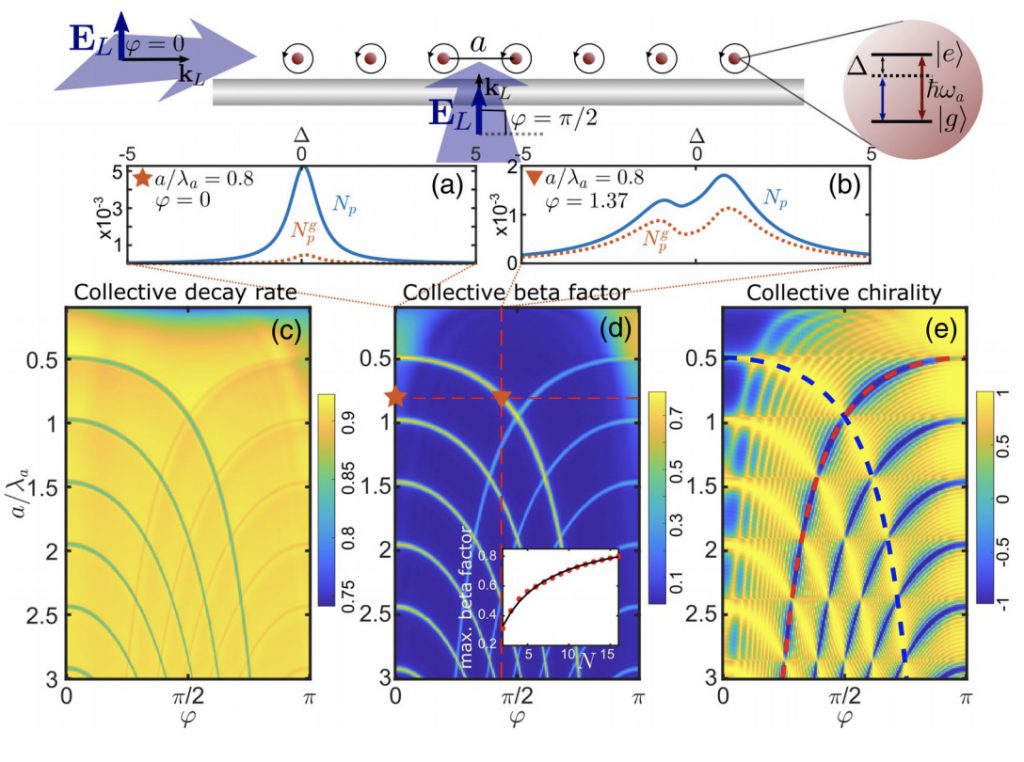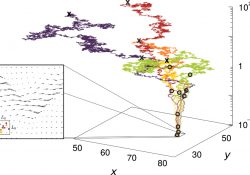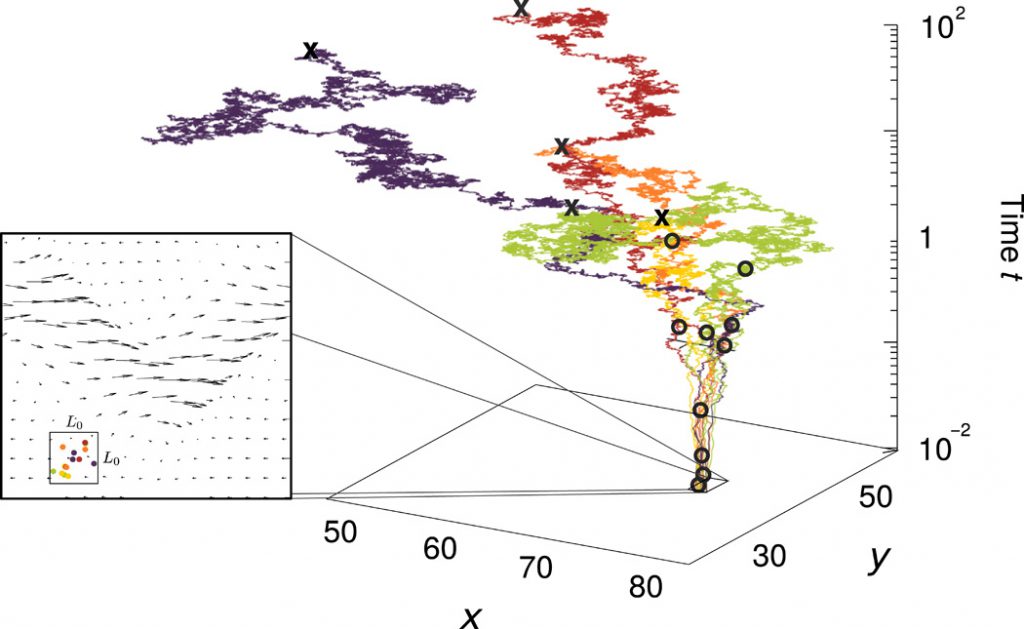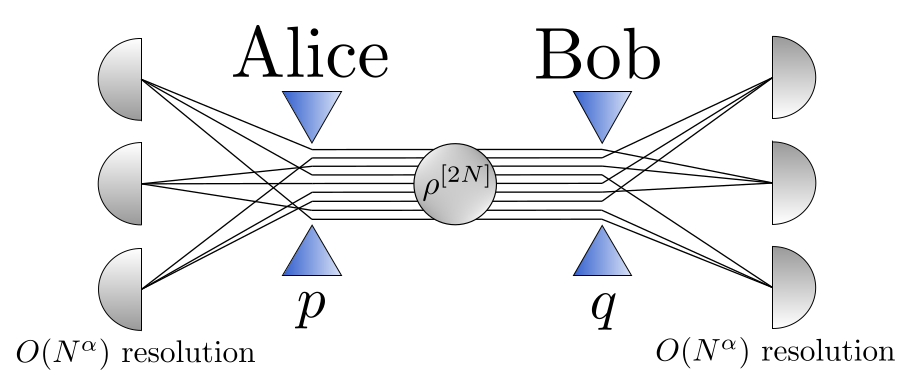
It is usually believed that coarse-graining of quantum correlations leads to classical correlations in the macroscopic limit. Such a principle, known as macroscopic locality, has been proved for correlations arising from independent and identically distributed (IID) entangled pairs. In this work we consider the generic (non-IID) scenario. We find that the Hilbert space structure of quantum theory can be preserved in the macroscopic limit. This leads directly to a Bell violation for coarse-grained collective measurements, thus breaking the principle of macroscopic locality.
Reference: https://arxiv.org/abs/2104.03988
Ponente: Miguel Gallego Ballester. University of Vienna.
Fecha y hora: viernes, 11 de junio de 2021 a las 10:00.
Lugar: Seminario de Física Computacional, planta baja del edificio de Física (hasta completar aforo) y vía Google Meet: https://meet.google.com/bqi-vemu-gro.

